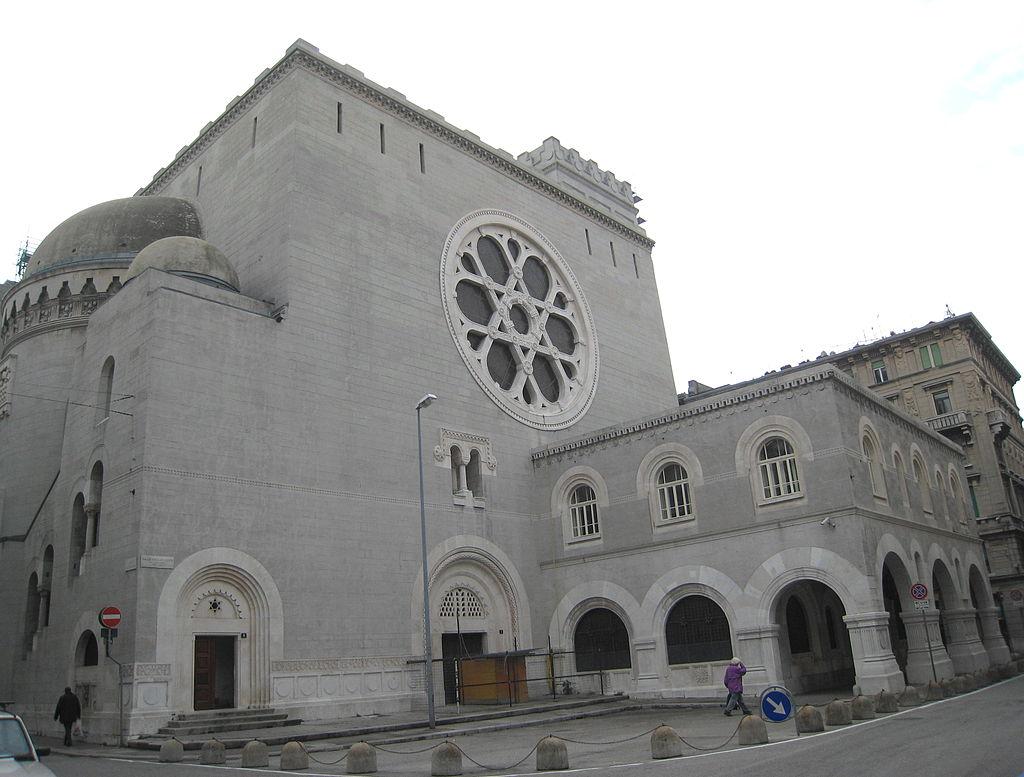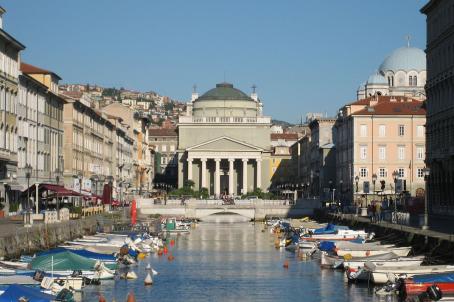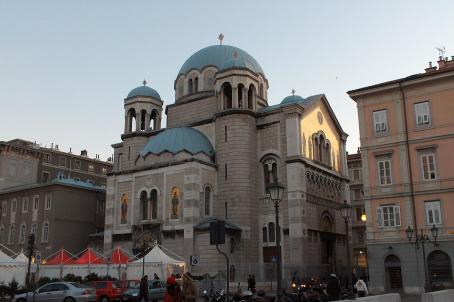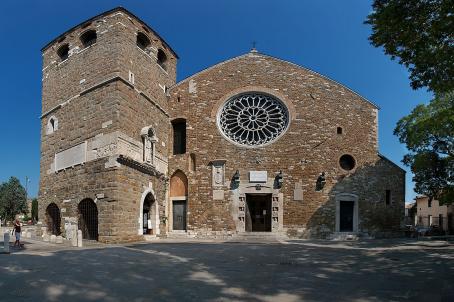Trieste Synagogue
The synagogue of Trieste, built between 1908 and 1912, is one of the largest buildings of Jewish worship in Europe. Prior to the construction of this building, the Jews of Trieste worshipped in four small synagogues located in the Jewish ghetto. With the advent of fascism from 1922 the synagogue was closed. Later, during the Second World War and with the German occupation of Trieste, the temple was reduced to a repository for books and works of art stolen by the Nazis.






